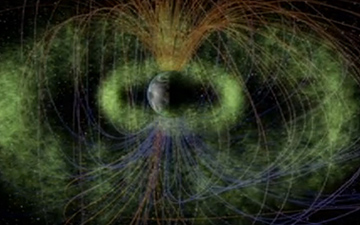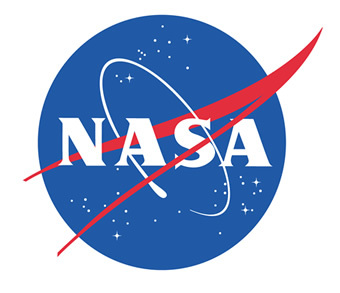The American space agency NASA announced Thursday that it would send two spacecraft into the harsh environment of the earth’s radiation belts from the Space Coast in the U.S. state of Florida on Aug. 23.
 The American space agency NASA announced Thursday that it would send two spacecraft into the harsh environment of the earth's radiation belts from the Space Coast in the U.S. state of Florida on Aug. 23.
The American space agency NASA announced Thursday that it would send two spacecraft into the harsh environment of the earth's radiation belts from the Space Coast in the U.S. state of Florida on Aug. 23.
Researchers are expected to be able to develop an understanding of the invisible Van Allen radiation belts, named after James Van Allen, the discoverer of the radiation belts, based on data collected by the spacecraft, which will be sent by a mission dubbed as "Radiation Belt Storm Probes (RBSP)." The spacecraft are designed to fly and operate in the heart of the most hazardous regions of near-earth space, according to the NASA announcement.
"At the end of this month we will turn our attention from planet Mars to planet Earth, both immersed in the atmosphere of our sun," said Barbara Giles, director of NASA's Heliophysics Division. "RBSP will further explore the connection of solar variability and its impacts on Earth's radiation belts."
The Van Allen radiation belts are a torus of energetic charged particles (plasma) around Earth, which is held in place by Earth's magnetic field. It is believed most of the particles that form the belts come from solar wind, and other particles by cosmic rays. Located in the inner region of the Earth's magnetosphere, the belts are split into two distinct ones, with energetic electrons forming the outer belt and a combination of protons and electrons forming the inner one.
RBSP will also help scientists understand how the Van Allen radiation belts behave and react to changes in the sun, thereby contributing to Earth's space weather, which is caused in great part by the sun's influence on Earth and near-Earth space, including solar events such as giant eruptions of solar material called coronal mass ejections.
"The dramatic dynamics of Earth's radiation belts caused by space weather are highly unpredictable," said Barry Mauk, RBSP project scientist at the Johns Hopkins University Applied Physics Laboratory (APL). "One of the fundamental objectives of the RBSP mission is to use Earth's magnetosphere as a natural laboratory to understand generally how radiation is created and evolves throughout the universe. There are many mysteries that need to be resolved."
Space weather fluctuations can increase radiation exposure for pilots and passengers during polar flights. They also can disable satellites, cause power grid failures, and disrupt the Global Positioning System, television and telecommunications signals. Understanding the science of space weather will lead to better space weather predictions, which in turn will allow mankind to better manage and protect its technological infrastructure in space and on the ground.
The mission will last for two years. By using a pair of probes flying in highly elliptical orbits, scientists will be able to study the radiation belts over space and time, to learn how particles within the belts are produced and behave during space weather events, and what mechanisms drive the acceleration of the particles, according to NASA's announcement.
